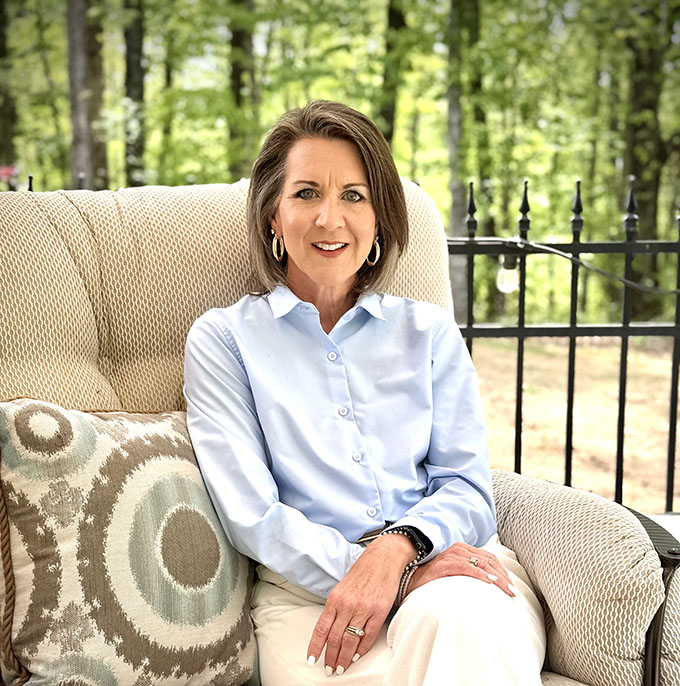City eyeing new water treatment method
Published 7:01 am Friday, February 19, 2010
A new treatment process could improve water quality for Cullman residents — plus wholesale water customers — beginning next month.
The Cullman water plant is eyeing a 90-day test for the new treatment method, which could reduce disinfectant byproducts by between 10-20 percent.
Chlorine dioxide will now be used to treat the “raw” water coming in from Lake Catoma. Previously, only chlorine was used to reduce contaminants.
“It’s a proven technology, which helps the whole treatment process,” plant manager David Freeman said. “We already have pretty good numbers, according to ADEM, but we’re just trying to improve on that.”
With stricter water quality guidelines on the way in 2012, this preemptive effort should help the treatment plant continue to meet Alabama Department of Environmental Management (ADEM) requirements.
The new treatment process could raise the cost to process water by up to 10 cents per 1,000 gallons. But, if the improvements work as well as expected, CH2MHill engineer Tom Harwell said it should be worth it.
“Part of this study is to just try and figure out if it will give us the desired improvements and exactly what the costs will be,” Harwell, the plant’s engineer, said. “It doesn’t completely replace chlorine for disinfecting water. One of the real advantages is that you can use it as a pre-disinfectant.”
Freeman said numerous water systems across the state — including Montgomery, Clanton and Mobile — have had success with chlorine dioxide water treatment.
“There are quite a few systems using it and getting good results,” he said.
In addition to improving water quality for Cullman residents, Freeman said wholesale water customers should also benefit from the changes.
“This is one way the plant can help reduce disinfectant byproducts even further out in the system,” he said. “This should help our wholesale customers who are seeing issues in their systems with keeping the disinfectant byproducts under the 2012 commitments. If the water can leave [the treatment plant] with lower numbers, it’ll help everyone.”
Before going forward, Freeman said representatives from every wholesale water customer unanimously approved the plan. The Cullman County Commission, Vinemont, Anon and West Point (VAW), Walter, East Cullman and Johnson’s Crossing Water Authorities currently purchase water from the city utilities board.
Shawn Whittle, with the VAW water system, said the improvements should make it easier for test sites to pass the new ADEM standards.
“It should help, because right now we take samples at different sites and average that together,” he said. “Beginning in 2010, each site has to stand on its own. Any improvement that can be made will help us.”
East Cullman water superintendent Keith Henry said some systems are still struggling to catch up with the looming ADEM requirements.
“To meet the guidelines coming up, it looks like we need to try something to get our tests to pass,” he said. “About all of our sites are already passing, but there are some systems further away from the treatment plant that are having problems.”
Cullman County Water Department Manager David Bussman was not available by deadline of this article.
* Trent Moore can be reached by e-mail at trentm@cullmantimes.com, or by telephone at 734-2131, ext. 225.





